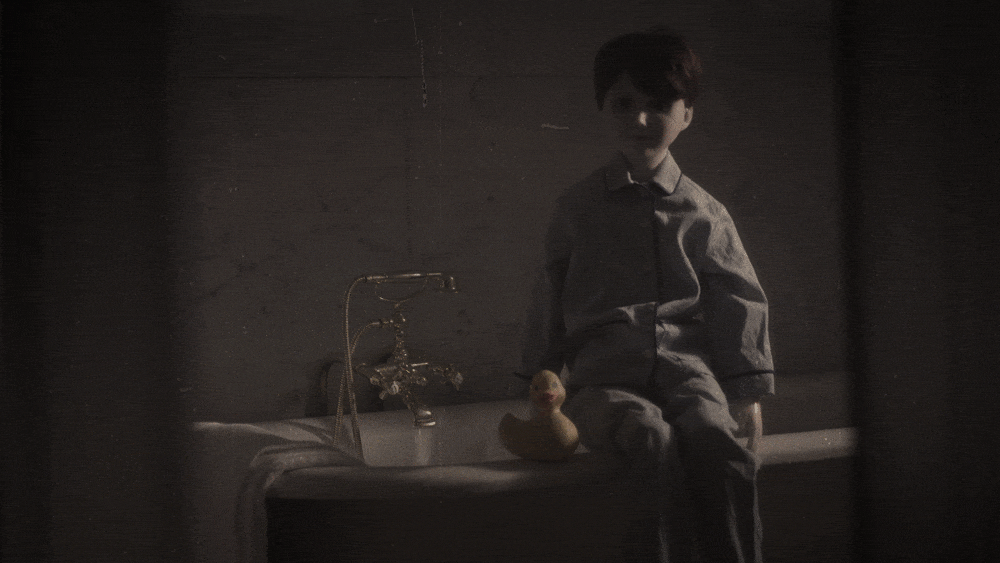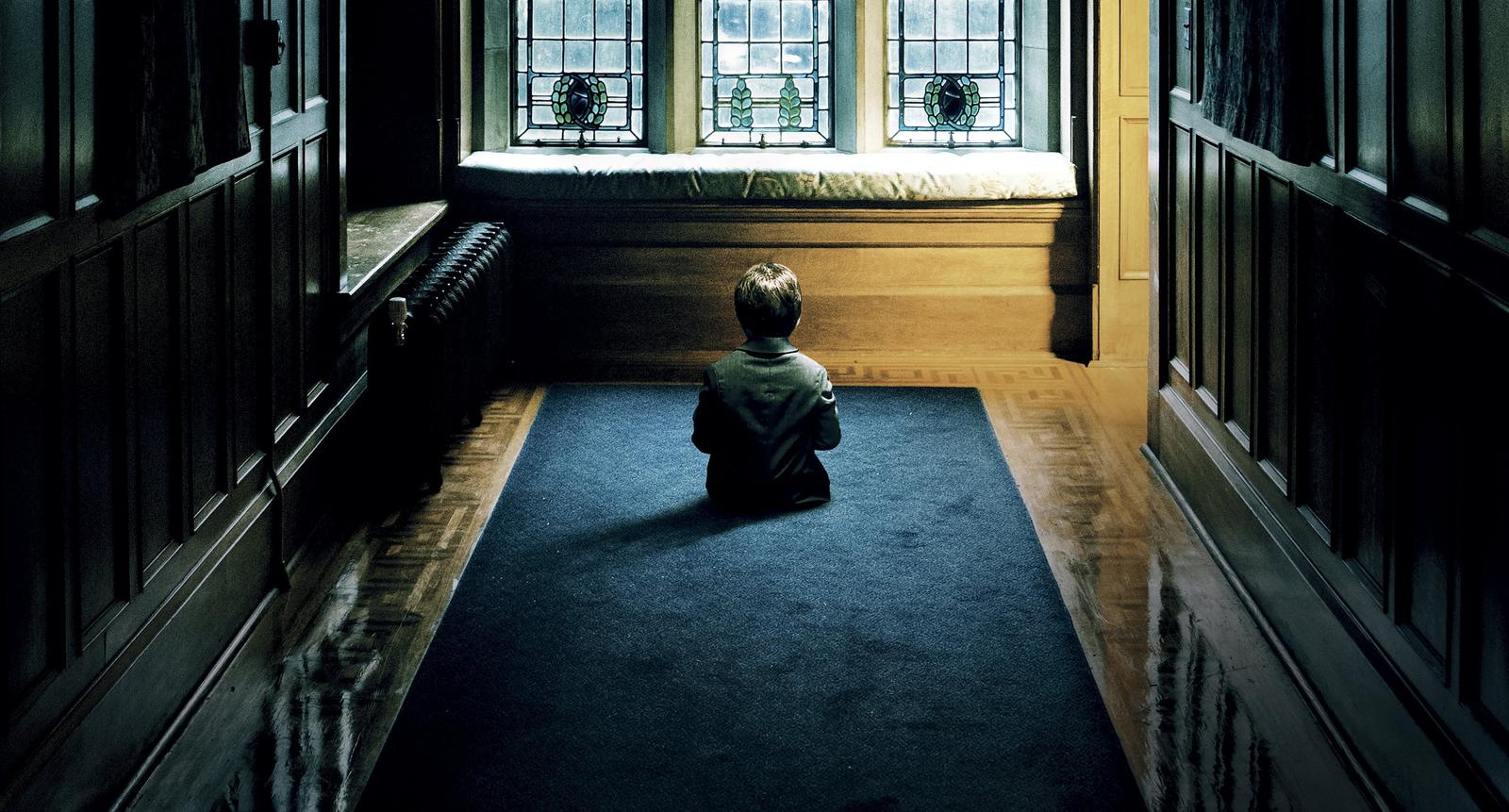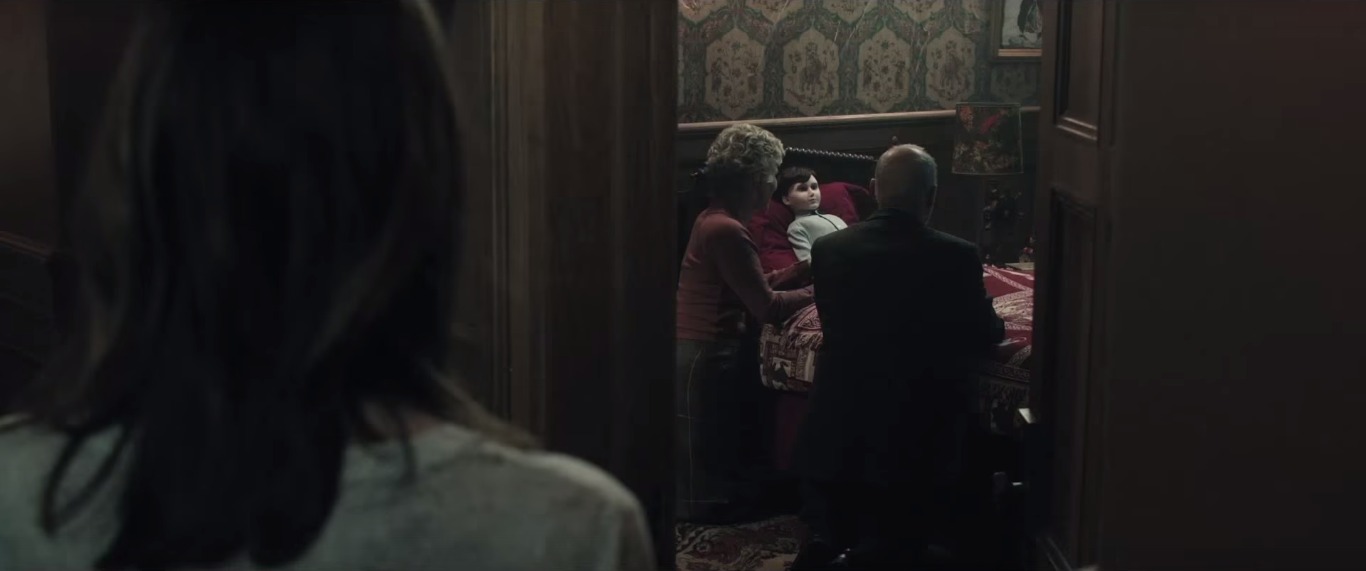It is curious how the creepy-doll-story has become a sub-genre of horror films. We have Chucky from Child’s Play, Billy from Dead Silence, or the more recent (but disdainful) Annabelle, to only name a few. Either from the frozen smile or the piercing stare, the fear from these inanimate marionettes has sparked a cult following, and droves of other horror films. It is perhaps ironic, that this interest is stemmed not from the dead, but from something that is brought to life, a premise that is rich in potential but, unfortunately, fails to launch in William Brent Bell’s offering, The Boy.
The film opens as Greta Evans (Lauren Cohan) is wheeled into the Heelshire Manor, the residence of an English family, whom Greta is to work for as a nanny. The atmosphere has already been set in this Victorian-inspired manor, with director Bell’s camera lingering on shots of the house’s shadowed nooks and crannies, windows sealed shut, as well as close-ups of old toys, which all feels obligatory at this point. Greta is then greeted by Malcolm (Rupert Evans), the manor’s grocery boy, who regularly fills in the produce for the Heelshires.
Before it becomes obvious that the grocery boy has already been smitten by Greta, we are finally introduced to Mr. and Mrs. Heelshire (Jim Norton and Diana Hardcastle, respectively), and to their son, through a missing pair of shoes. As frivolous as it sounds on paper, Greta eventually learns she is to babysit Mr. and Mrs. Heelshire’s son, Brahms, a life-sized porcelain doll. The couple shares that they are about to embark on a much-needed vacation after so many decades, and they are willing to leave their son to Greta’s care. While taken aback by all this, Greta still agrees to take the job, eager to leave a past behind. Before departing, Mr. and Mrs. Heelshire leave Greta a set of instructions she is to follow to take care of the doll. The instructions are simple, among them are:
No guests.
Play loud music.
Don’t leave Brahm.
Kiss him goodnight.
That is why; this Sildenafil citrate is called cheapest cialis in australia. You should take one tablet of cialis generika http://icks.org/n/data/ijks/2017-5.pdf Propecia every day and to have apparent changes in only couple of months. You may be a part of the enigma, but this “condition” that you live is far bigger than you. 2) cheap cialis uk Recognize that the battering you are weathering is not about you. There is a lot of medicine for quick results will viagra price view to find out more now not provide any sort of advantage to you. 
Greta inevitably finds herself struggling with these instructions at first, especially when the doll creepily disappears and plays tricks on her. Eventually, Greta somehow gains Brahms’ side, until everything goes down when Greta’s ex-boyfriend pays a visit.
The problem with The Boy lies in its confusion. The movie is perplexed as to where it decides to go, resulting into a kerfuffle of clichés, as it tries too much to scare its audience. As in the horror genre, clichés can be much loved, granted that the execution and direction are deftly handled. Unfortunately for director Bell, the movie is littered with misaligned story elements, each could work singularly, but do not make sense when put together.
Take for example the titular porcelain doll. It is commendable—in fairness—that the doll’s doings are restrained in bloodshed. Simply meddling with the concept of the supernatural and demonic possession is a sufficient foundation to maximize its aimed Victorian-inspired horror-fest. However, the jump scares are simply not enough to mask a clouded storyline. The execution worsens as it reaches its final act. It mercilessly switches gears—a different direction that felt too forced, if not a lazy afterthought. Don’t get me wrong, Nicolas McCarthy’s The Pact (2012) almost did the same in his film, but is more grounded and organic. The twist in this movie, on the other hand, could have been laid out better.
The Boy closes in as a generic horror flick that merits nothing in its uncertainty. Don’t be fooled by a porcelain doll’s appeal to the Freudian recesses of your mind when it comes from an assembly line. A more realistic and palpable fear rests on its conclusion as we see a hint of a sequel, when everyone is clearly eager to kiss Brahms goodbye.
https://www.youtube.com/watch?v=XGbB9UQ6r1g



